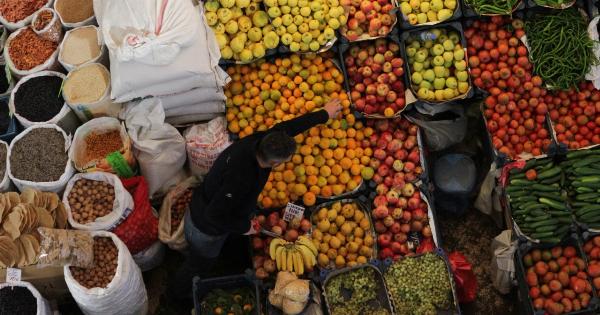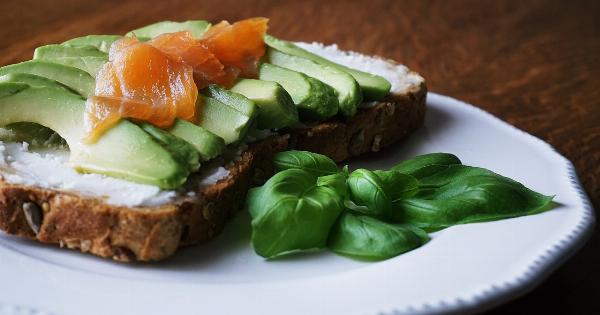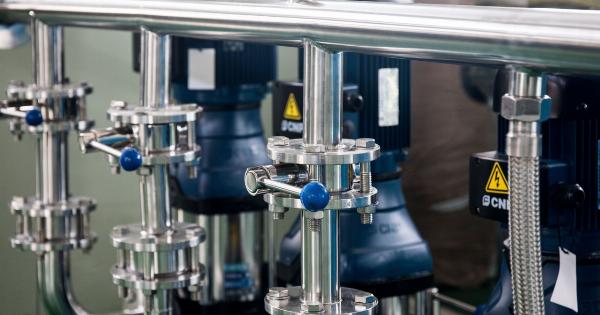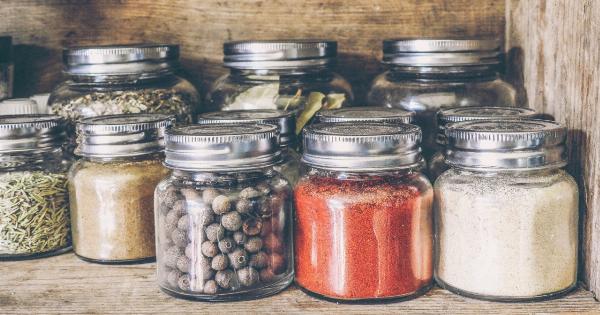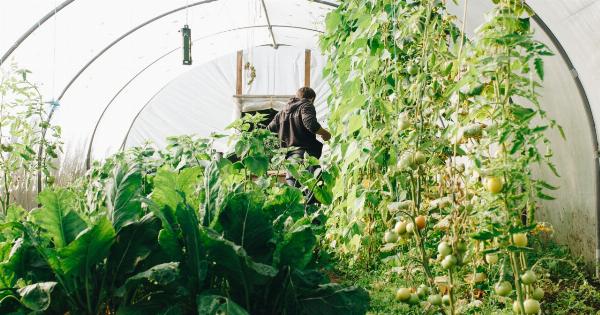While fruits and vegetables are essential for our health, they can also contain harmful pesticides that pose a threat to our well-being. Pesticides are used by farmers to control insects, pests, and diseases.
However, the chemicals used in commercial pesticides can be toxic to humans and animals.
It’s important to note that organic products are not entirely free from pesticides, but they have lower levels of synthetic pesticides. In this article, we’ll look at 20 fruits and vegetables with high pesticide levels.
1. Strawberries
Strawberries are a fan favorite, but unfortunately, they are also one of the most heavily sprayed crops with pesticides. In fact, the Environmental Working Group has ranked strawberries as the top produce with pesticide residues.
2. Spinach
Spinach is packed with vitamins and minerals, but it’s also loaded with pesticides. According to a report by the Pesticide Action Network, spinach is contaminated with a high concentration of insecticides and fungicides.
3. Kale
Kale has gained popularity in recent years for being a superfood, but it’s also one of the riskiest vegetables concerning pesticide residues.
The Pesticide Action Network has found that kale has been treated with a wide variety of pesticides, including herbicides and fungicides that are harmful to humans.
4. Apples
Apples are a staple fruit in most households, but they are also one of the most contaminated fruits with pesticides. In 2017, apples were ranked the second most pesticide-contaminated produce by the Environmental Working Group.
5. Grapes
Grapes are another fruit that has consistently appeared on the Environmental Working Group’s Dirty Dozen list. Grapes are often treated with a lot of pesticides, including fungicides that are dangerous to human health.
6. Blueberries
Blueberries are an excellent source of antioxidants, but they are also known for carrying high levels of pesticides. The Pesticide Action Network has found traces of up to 13 pesticides on blueberries.
7. Cucumbers
Cucumbers are another vegetable that has high levels of pesticide contamination. According to the Environmental Working Group, over 70% of conventional cucumber samples contained residues of at least one pesticide.
8. Potatoes
The popular starchy vegetable, potatoes, is also known to be a high-risk crop for pesticide contamination. In a study conducted by the Pesticide Action Network, potatoes contained residues of up to 35 different pesticides.
9. Cherry tomatoes
Cherry tomatoes are small and sweet, but they’re also laden with dangerous chemicals. A report by the Environmental Working Group found high levels of pesticide residue on the small fruit.
10. Peppers
Peppers can add flavor to any dish, but they’re also known to contain high levels of pesticide residues. In a study by the Pesticide Action Network, bell peppers were found to contain trace amounts of a significant number of pesticides.
11. Nectarines
Nectarines are a close relative of the peach, and they’re just as heavily sprayed with pesticides. The Environmental Working Group has ranked nectarines as the fourth most contaminated fruit or vegetable.
12. Celery
Celery is a crunchy and low-calorie vegetable that we often use in salads and soups. However, it’s also one of the riskiest vegetables in terms of pesticide exposure.
According to the Environmental Working Group, nearly 95% of conventional celery samples tested positive for pesticide residues.
13. Sweet potatoes
Sweet potatoes are a tasty and healthy vegetable, but they’re often treated with dangerous chemicals that can be harmful to our health.
According to a report by the Pesticide Action Network, sweet potatoes contained residues of up to 26 different pesticides.
14. Strawflower
Strawflower is a beautiful and vibrant flower that’s often used in floral arrangements. However, it’s also one of the riskiest flowers in terms of pesticide exposure.
In a study by the Pesticide Action Network, strawflowers contained 10 different pesticides.
15. Broccoli
Broccoli is a cruciferous vegetable that’s packed with nutrients and antioxidants. However, it’s also known to be contaminated with pesticides.
According to a report by the Pesticide Action Network, broccoli contained residues of up to 33 different pesticides.
16. Pineapples
Pineapples are a tropical fruit that’s often consumed fresh or in juice form. While it’s not as heavily sprayed as some other crops, it still carries a high level of pesticide residues.
According to a report by the Pesticide Action Network, pineapples contained residues of up to 11 different pesticides.
17. Carrots
Carrots are a root vegetable that’s often consumed as a healthy snack or added to salads and soups for flavor. Unfortunately, it’s also heavily sprayed with pesticides.
In a study by the Pesticide Action Network, carrots contained residues of up to 26 different pesticides.
18. Lettuce
Lettuce is a leafy green vegetable that’s often consumed in salads and sandwiches. However, it’s also known to be one of the most contaminated crops with pesticide residues.
According to the Environmental Working Group, lettuce is often treated with multiple pesticides.
19. Green beans
Green beans are a healthy vegetable that’s often used in casseroles and soups. However, they’re also known to contain high levels of pesticides.
According to a report by the Pesticide Action Network, green beans contained residues of up to 39 different pesticides.
20. Cherries
Cherries are a sweet and tasty fruit that’s often used in pies and desserts. However, they’re also known to be contaminated with harmful pesticides.
According to a report by the Environmental Working Group, cherries contained residues of up to six pesticides.
Conclusion
While fruits and vegetables are essential for a healthy diet, it’s important to be aware of the risks associated with pesticides. Opting for organic produce is one way to reduce your exposure to synthetic pesticides.
When organic products aren’t an option, make sure to wash fruits and vegetables thoroughly before consumption.

